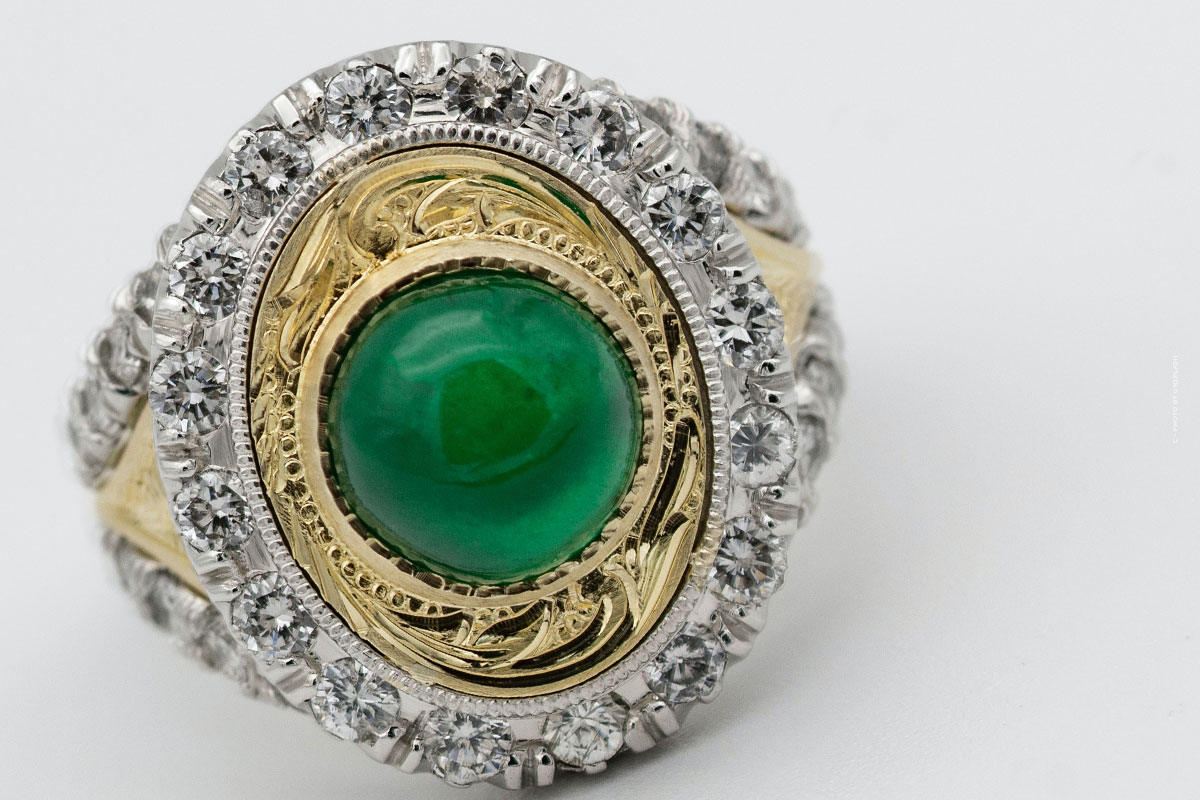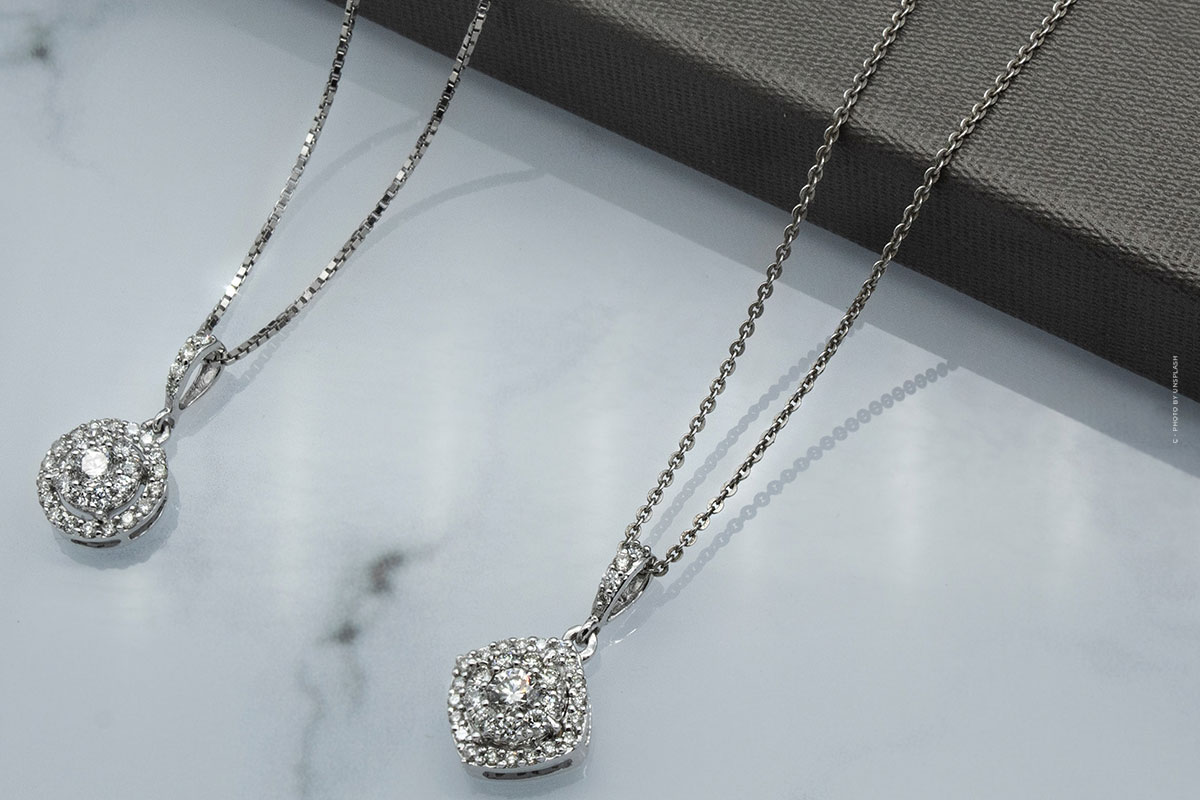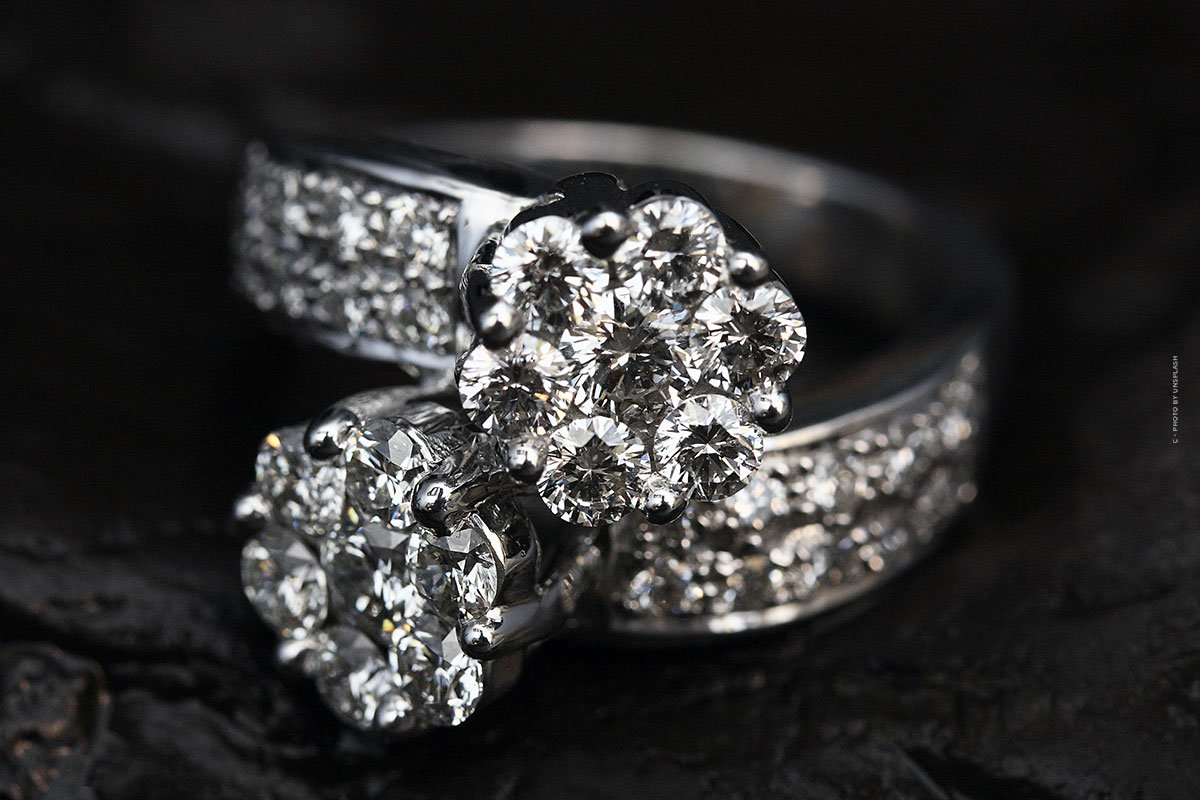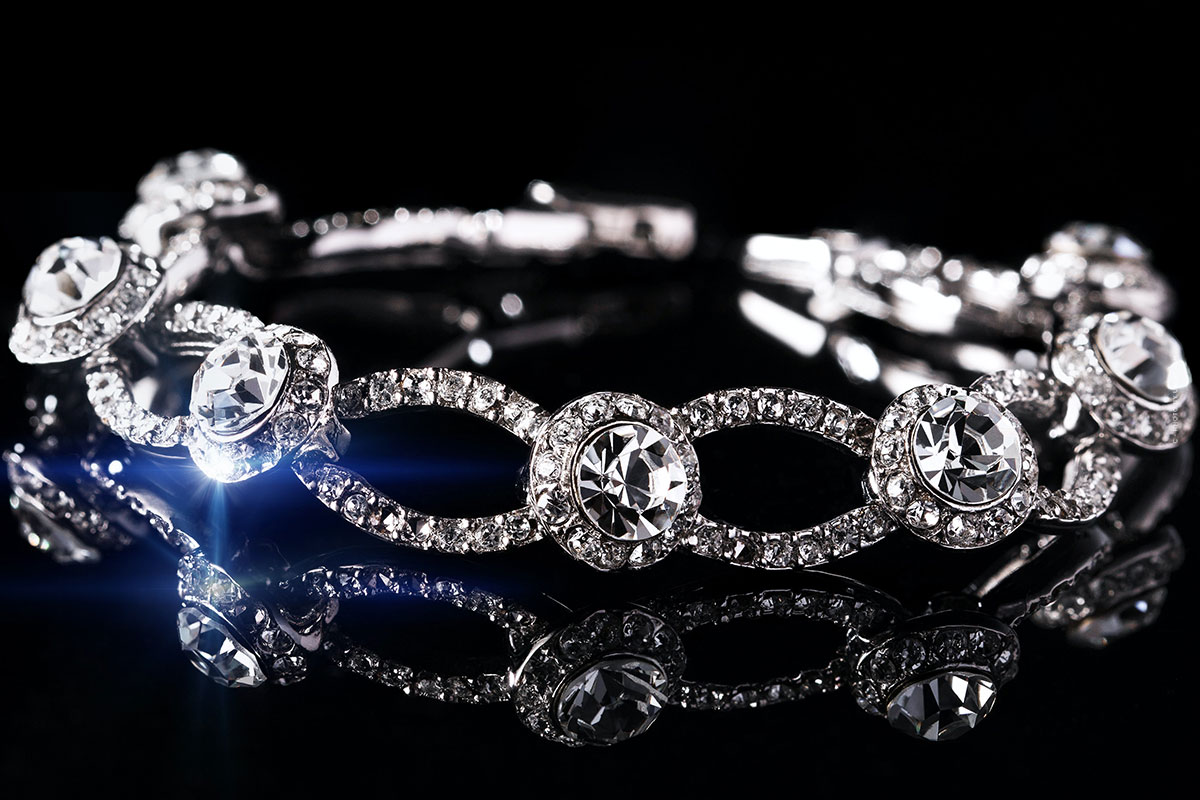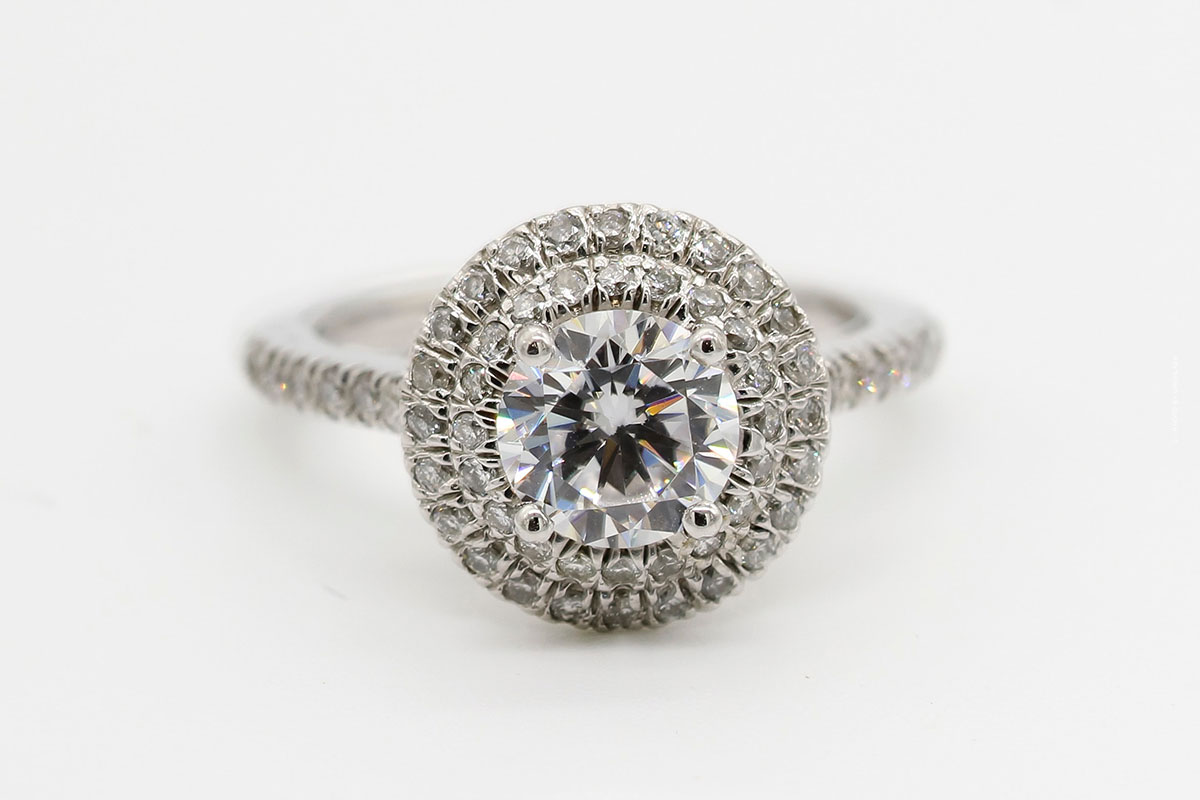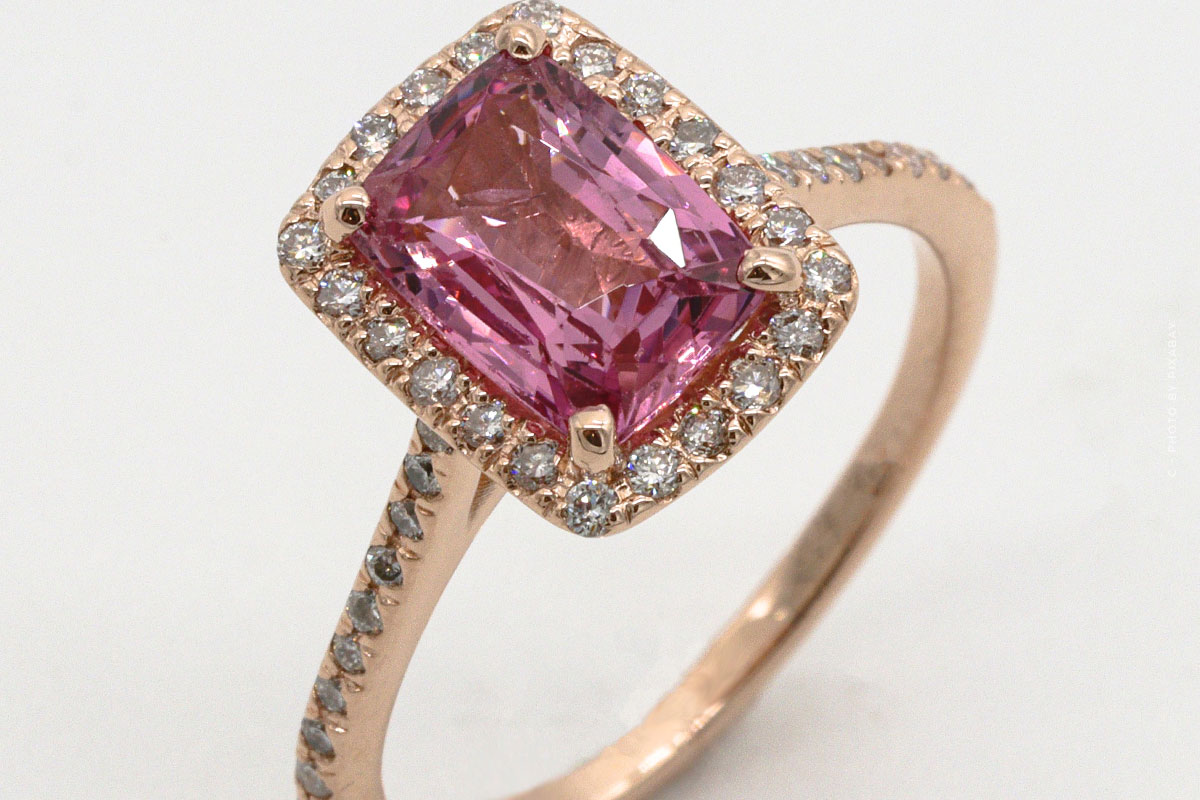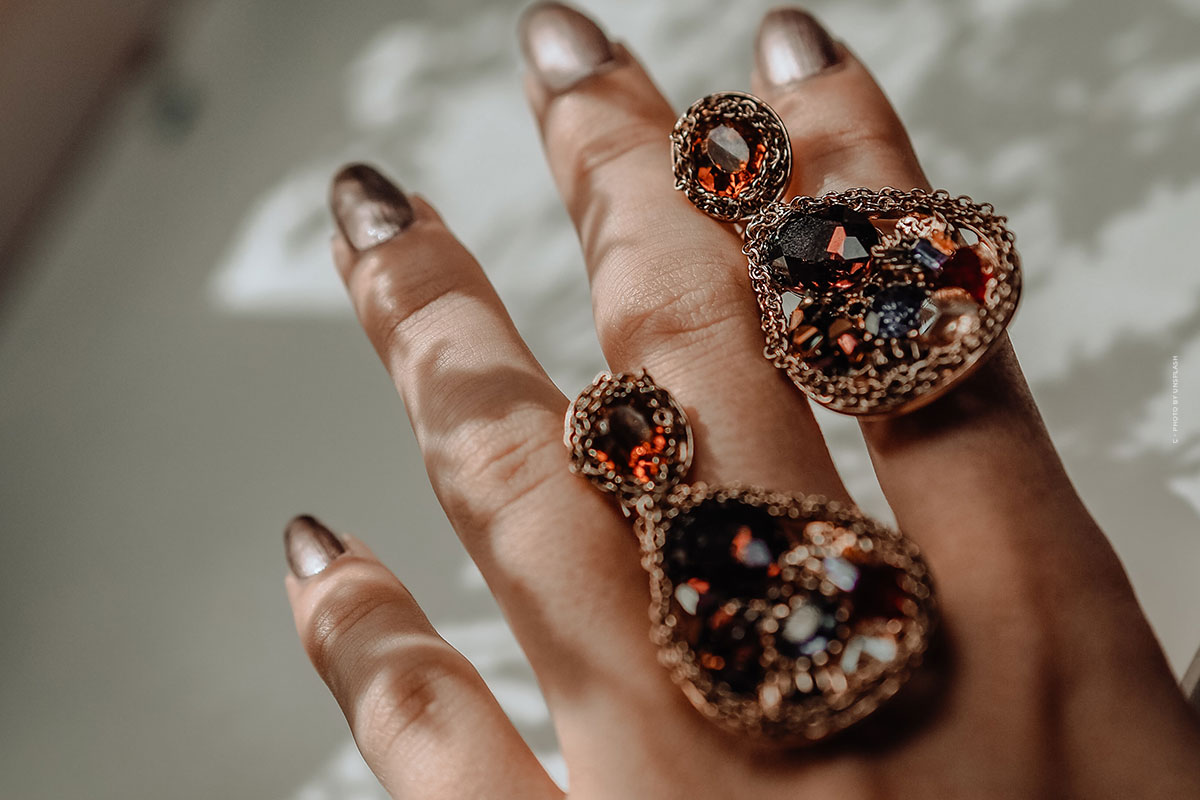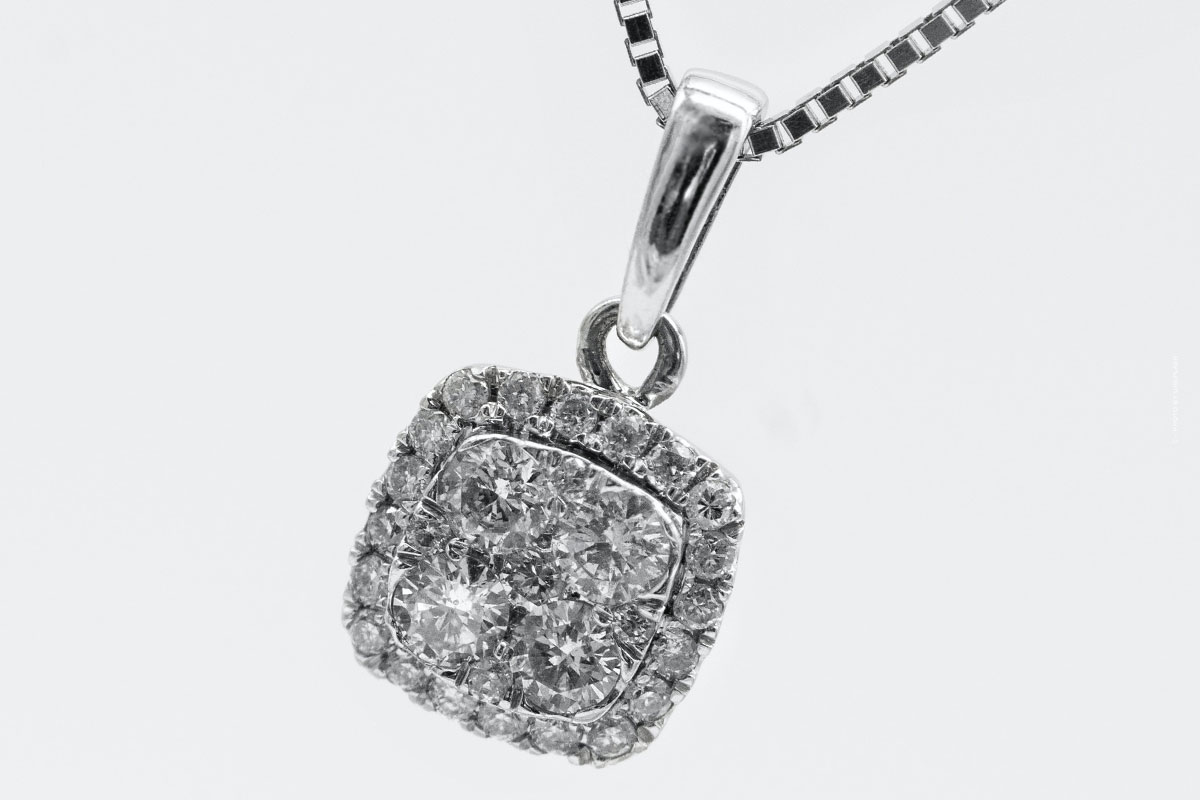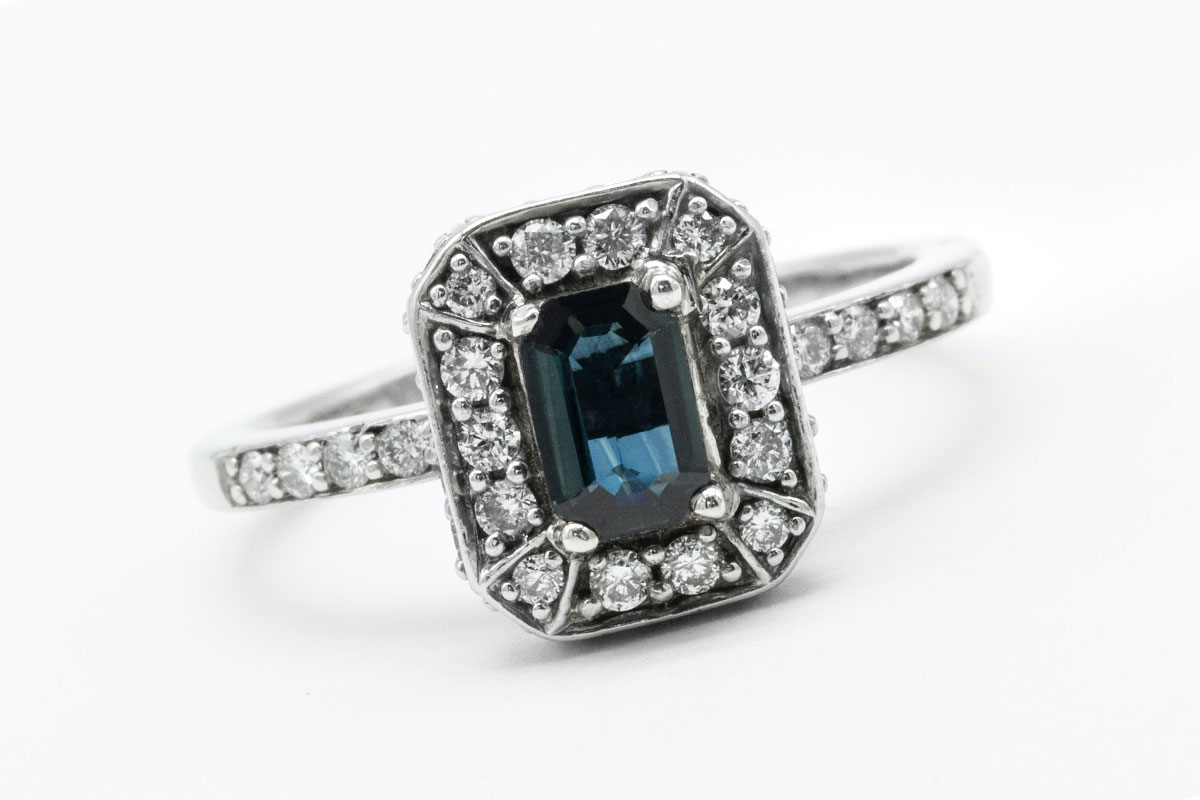Buy Jade: Price, Characteristics, Color & Value – Investment Gemstone
Buy Jade – Jade is especially in demand among investors in China. The stone or the mineral, compared to gold, is not that expensive. Gold currently costs 61 USD per gram, having cracked the 2,000 USD mark. Jade currently costs only USD 0.81 per gram. Processed into status symbols and jewellery, however, it is becoming increasingly attractive as an investment. The world’s largest jade stone is worth an incredible USD 170 million. It weighs 210 tons and comes from Myanmar (formerly Burma). Of course, the jade stone was immediately shipped to China, where it was processed into status symbols and jewelry. Much of Myanmar’s jade production, to the tune of $31 billion a year, goes to China. Jade extraction with its industry accounts for half of Myanmar’s GDP. Here you will learn almost everything about the mineral! But let’s start from scratch. Where does Jade come from? What makes Jade so desirable? How much does Jade cost? More tips on the subject of gemstone investment can be found here: Investment Gemstone.
Price: How expensive is jade? Gram, carat and kilo
Jade is the name given to a group of different gemstones. How expensive a jade stone is depends on the color intensity and whether it is jadeite or nephrite. Nephrite has been losing its place on the market for a few years because there are many imitations and is accordingly no longer as price-intensive. Jadeite with a pure, strong color is the most valuable and smooth, evenly colored stones are the most expensive. Especially the coveted emperor jade acts as a store of value for investors.
In fact, each stone is valued individually. The price is set by dealers, jewelers and auction houses. But if we consider the example from above, then you would have the following selling prices.
Example calculation (Jade Fund in Myanmar)
210 tonnes > 210 000 kg
170,000,000 / 210,000 kg
809,52 USD / Kilogram
4,05 USD / carat
0,81 / gram
Price comparison gold / jade
Tip, read more about buying gold here.
- Gold per gram: 61 USD
- Jade per gram: 0.81 USD
Jade production in the year
Here are official figures from Myanmar (Government):
Average price: export to China
Increase in value after export to China
Mexican name origin
The term jade is derived from piedra de ijada = loin stone. This comes from the fact that it used to be regarded by the indigenous people of South America as a healing stone for loins and kidneys. However, it received its name only in the 16th century, during the conquest of Mexico by the Spaniards. Jade, or yu, the term commonly used in China, is actually a generic term for two different gemstones: Nephrite and Jadeite.
Exceptional composition
Originally, it was assumed that all jade objects were made from the same material. However, in 1863, a Frenchman, Alexis Damour, discovered that the material known as “jade” could be divided into two distinct minerals: Jadeite and Nephrite. Because these two materials are difficult to distinguish, and because the word “jade” is so ingrained in the common language, the name jade is still commonly used in many societies, industries, and academic disciplines.
Designations of the materials
In this article, the word “jade” is used for undifferentiated materials. “Jadeite” or “nephrite” is used when the identity of the material is known. The word “nephrite” is also an imprecise term. It is used for materials composed of the minerals actinolite and tremolite.
Jadeite, Nephrite and Science
Jadeite and nephrite have distinctly different mineral compositions. Jadeite is an aluminum-rich pyroxene, while nephrite is a magnesium-rich amphibole. However, the two minerals have very similar physical properties to the eye of the average person. Only trained observers with considerable experience are able to reliably distinguish between them without mineral testing equipment. For this reason, jadeite and nephrite were not properly distinguished by scientists until 1863.
Origin of the distinction
Unknowingly, Chinese artisans had distinguished jadeite from nephrite and valued it enough to pay a high price for jadeite. However, they did not have the knowledge and equipment in chemistry and crystallography to formally distinguish them.
Rarely did Chinese artisans encounter fine-grained jadeite with a bright translucency and a rich, uniform green color. This beautiful material was given the name “Imperial Jade” and was considered the stone of the highest quality. At that time in China, the possession of imperial jade was reserved only for the emperor. Now, anyone who can afford it can own Imperial Jade. The best specimens can cost more per carat than high quality diamonds.
- Chinese craftsmen first found out the difference
- However, did not have tools and knowledge to further investigate him
- Imperial jade was only allowed to be owned by the emperor in China
Still in great demand: Jade in China
The Chinese value jade much more than any other people. For thousands of years, jade has been the most popular gemstone in China. Chinese emperors desired excellent specimens of jade, and they traded or waged war with distant nations to acquire them. In China, gifts of jade are given at almost every important station in life, such as birthdays, anniversaries, weddings, and other celebrations. It is also a commonly used material for making religious art. China is the country where the importance of jade is the highest.
History of the green gems
Jade has been known since the Stone Age and was a highly sought-after mineral, especially in ancient China, where at times it was valued almost as highly as gold, but also worldwide. Since as early as 3,000 B.C. it has been regarded in China as a yu, a “royal gemstone”. It had always had a very special significance in the long history of art and culture. It was used for the finest objects and cult figures as well as for grave goods for high-ranking members of the imperial family. Even today, this gemstone is considered a symbol of the good, the beautiful and the precious.
Early use of jade in tools
People have been using jade for at least 100,000 years
The earliest items made from jade were tools. Jade is a very hard material and is used as a tool because it is extremely tough and breaks to form sharp edges. Most jade does not have the color and translucency that one would expect from a gemstone. However, when early humans found these special pieces of jade, they were often inspired to make them into a special object.
Toughness is the ability of a material to resist fracture when subjected to loads. Hardness is the ability of a material to resist abrasion. Early toolmakers took advantage of these properties of jade and shaped it into cutting tools and weapons. It was used to make axes, projectile points, knives, scrapers, and other sharp cutting objects.
- Used for 100,000 years
- Earliest items: Tools
- Very tough and hard
Tough, in the context of gemstones, means: Ability of a material to resist breakage. Hardness means: ability of a material to resist abrasion.
Today’s use of jade as a gemstone
Jade is a durable, colorful material that can be worked into shapes and polished to a high shine. These properties make it a highly desirable gemstone. Jade has been used to make a variety of jewelry items such as pendants, necklaces, rings, bracelets, earrings, beads, cabochons, tumbled stones and other items.
These jewels are often made of solid jade, combined with other gemstones or set in settings of gold, silver or other precious metals. In addition to jewellery, jade is also used to make small sculptures, ornaments, religious art and small functional objects.
Jade trade: Video
Danger of confusion!
Maw sit sit
Maw Sit Sit is a rock composed of jadeite, albite and kosmochlor (a mineral related to jadeite). It has a bright chrome-green color and can be polished to a bright finish. For these reasons, it is used as a gemstone. Maw Sit Sit was first correctly identified in 1963 near the village of Maw Sit Sit in northwestern Burma in the foothills of the Himalayas. This is the only place where it has been discovered so far. It is used for cutting cabochons and making small sculptures. Because of its scarcity and low production, it is rarely used in jewelry.
- Rock consisting of jadeite, albite and cosmochlore
- First identified in 1963 in the Himalayas, near the village of Maw Sit Sit.
- So far the only find
- Only rarely in jewellery
Similar materials
A number of other minerals and materials that are commonly cut and polished are easily mistaken for jade. All of these materials can have a color, luster, and translucency very similar to jade – so similar that the average person cannot recognize them. These materials are often used to make cabochons, beads, and other items in the same style as jade. They sometimes come on the market with and without disclosure. They are often labeled “jade” or one of many misnomers.
Chalcedony
Chalcedony is a translucent variety of microcrystalline quartz that comes in a range of colors similar to jade. Chrysoprase is a light green, chrome colored chalcedony that when cut into cabochons, beads and small sculptures looks very similar to jade. Chalcedony comes in a variety of other translucent colors such as black, lavender, yellow, and orange that can look like the color variations of jade. Chalcedony can look very similar to jade as a gemstone. It can be distinguished from jade by its lower specific gravity and by a variety of instrumental methods.
Serpentine
Serpentine occurs in a variety of wonderful translucent to almost transparent green and yellowish-green colors that look very similar to jade. It is a metamorphic mineral that often occurs in the same geographic areas and the same rock types as jade. Serpentine is much softer than jade and also has a much lower specific gravity.
Vesuvianite, also known as idocrase, is another jade-like mineral that is very difficult to distinguish from jade without laboratory testing. It has a similar hardness, specific gravity, and physical appearance. It is not nearly as tough as jade and breaks more easily – but that requires destruction of the sample.
Jade types, treatments and tips for purchase
For thousands of years, the people who make and sell jade objects have found many ways to improve their appearance. Heat, wax, dye, bleach, acid, polymer injection, and other treatments have all been used to improve the color, luster, and stability of jadeite and nephrite. Although many of these treatments are part of the traditional jade manufacturing process, today’s serious jade buyers want to know about all the treatments that have been used in the manufacturing process.
Classification into type A, B and C
Commercial jadeite objects are classified into three “types” depending on the treatments used during the manufacturing process. They are referred to as Type A, Type B and Type C jadeite.
A jade locket: the deep green color jumps right out at you:
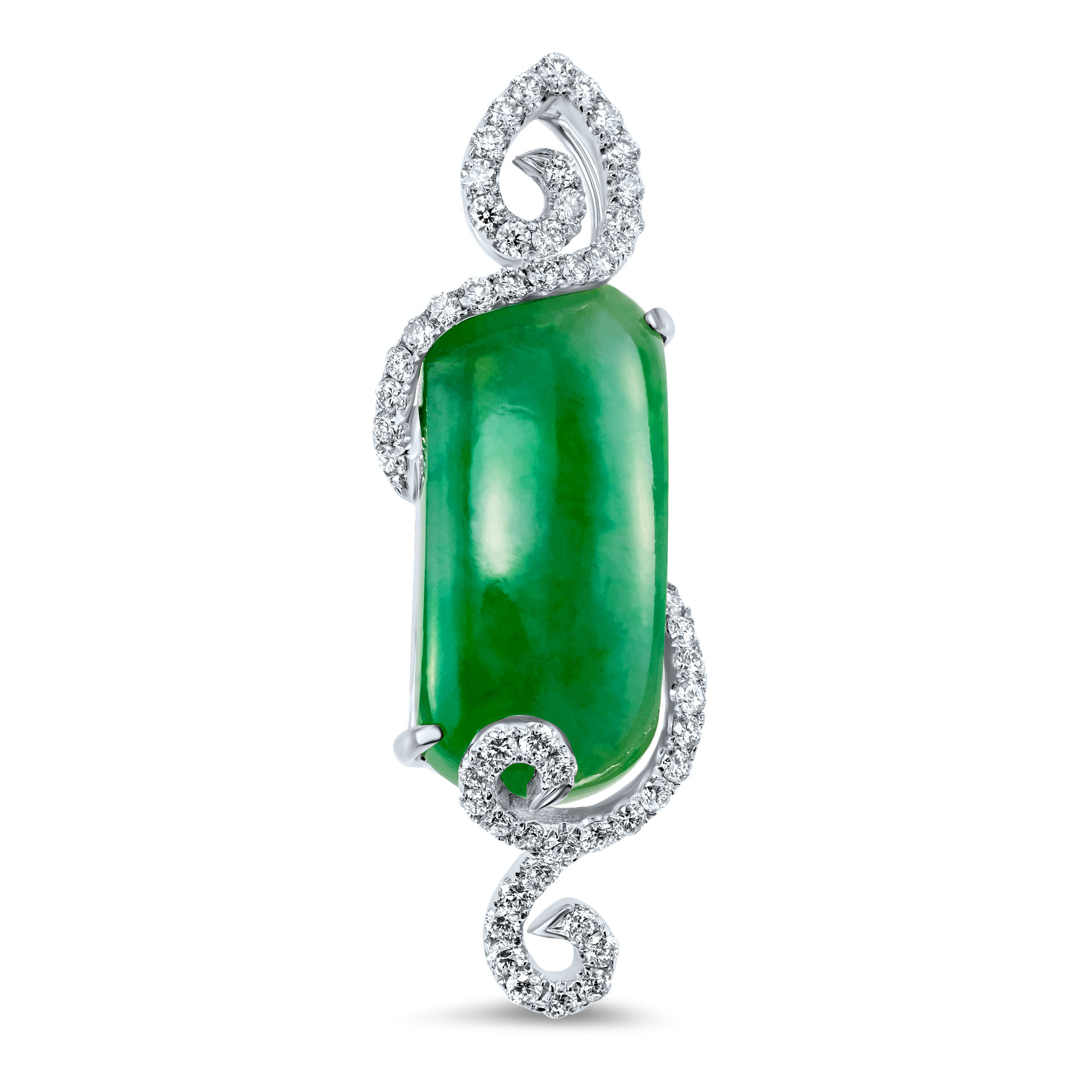
Jadeite type A: Treatment with wax layer
Type A jadeite objects have been treated with a wax coating. This is the most traditional jadeite treatment. It is expected and accepted by serious buyers and generally does not affect the value of a jadeite object. In this treatment, manufacturers boil finished jadeite objects in water to clean and prepare them for wax application. The objects are then dried and dipped in melted wax. The wax fills all pores and fractures near the surface. When the objects have cooled, excess wax is removed and the objects are polished to a high gloss. The wax fills in surface imperfections and gives the surface of the object a smooth, glossy finish.
Jadeite type B: bleaching by hydrochloric or sulphuric acid
Type B jadeite objects were bleached by soaking in hydrochloric or sulfuric acid. The acid removes oxidation stains and leaches sodium. This lightens the color of many materials. The jadeite is then impregnated under pressure with wax or a clear polymer resin. The impregnation fills all pores and fractures near the surface and gives the object improved smoothness, luster and color.
Unfortunately, the appearance of type B jadeite objects can deteriorate after only a few years. Acid treatment causes some jadeite to become brittle, and polymer resins can discolor over time or with exposure to heat and sunlight. Because of these problems, the treatment of Type B Jadeite should always be disclosed when an item is sold, but many items are sold without disclosure. This lack of disclosure is due to the fact that Type B Jadeite objects usually sell for a small fraction of the price paid for a similar Type A object. Sellers often get away with non-disclosure because Type B treatments are difficult to detect. Testing in a gemological laboratory is often required to detect Type B treatments.
- Bleached by soaking in hydrochloric or sulphuric acid
- Impregnated with wax or polymer resin under pressure
- Appearance may deteriorate after a few years
- Treatment should
Jadeite type C: Individual colouring
Type C jadeite usually has all the treatments of type B jadeite, but the object has also been dyed a more desirable color. The dyes may fade over time or with exposure to heat and light. For these reasons, Type C treatments should always be disclosed.
Color treatment can often be determined by examination with a microscope, spectroscope or gemological filters, but this examination should not be required – the seller should disclose the full extent of treatment for each object sold. Disclosure is not always made, as Type C jadeite sells for a small fraction of similar objects with Type B treatment.
Type C objects should be purchased at a price that assumes temporary use for a few years. Anyone spending the considerable money on jade should know the difference between jadeite and nephrite, have a good knowledge of jadeite treatments and how they affect value and future durability and appearance.
- More desirable colour than type b
- Type C treatments should always be disclosed
- Price that assumes temporary use of a few years
